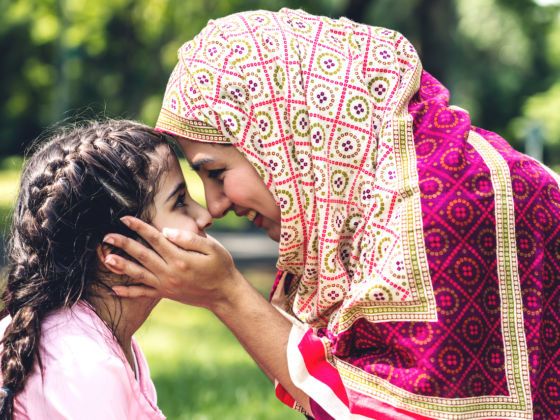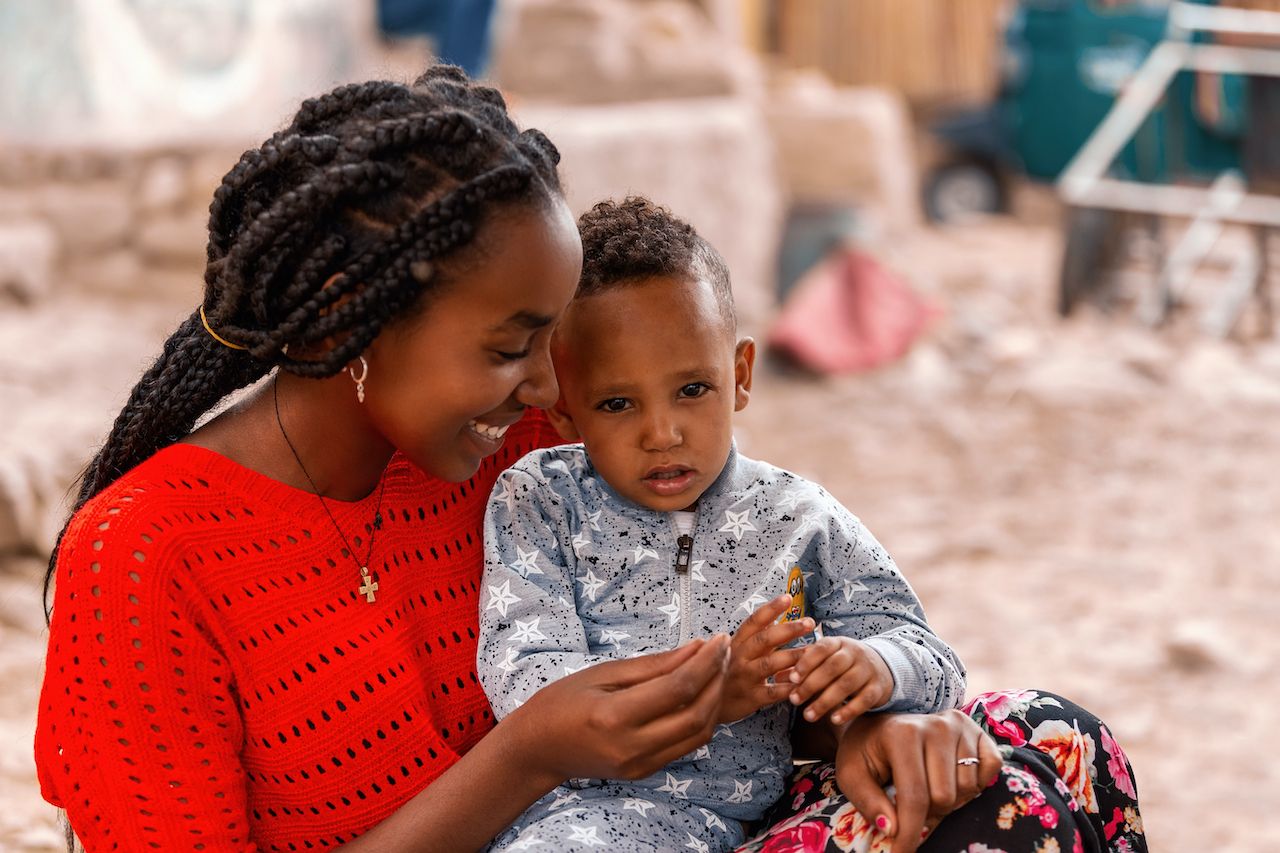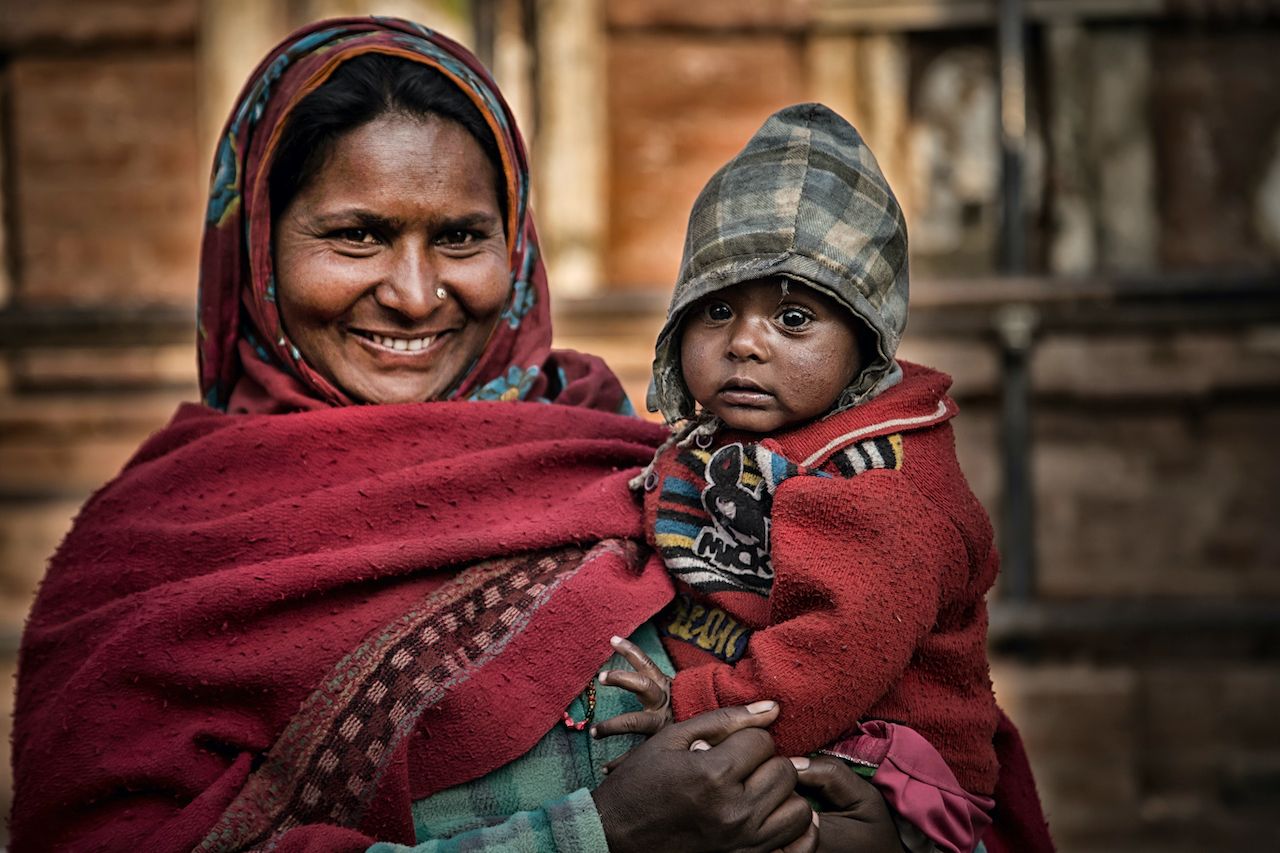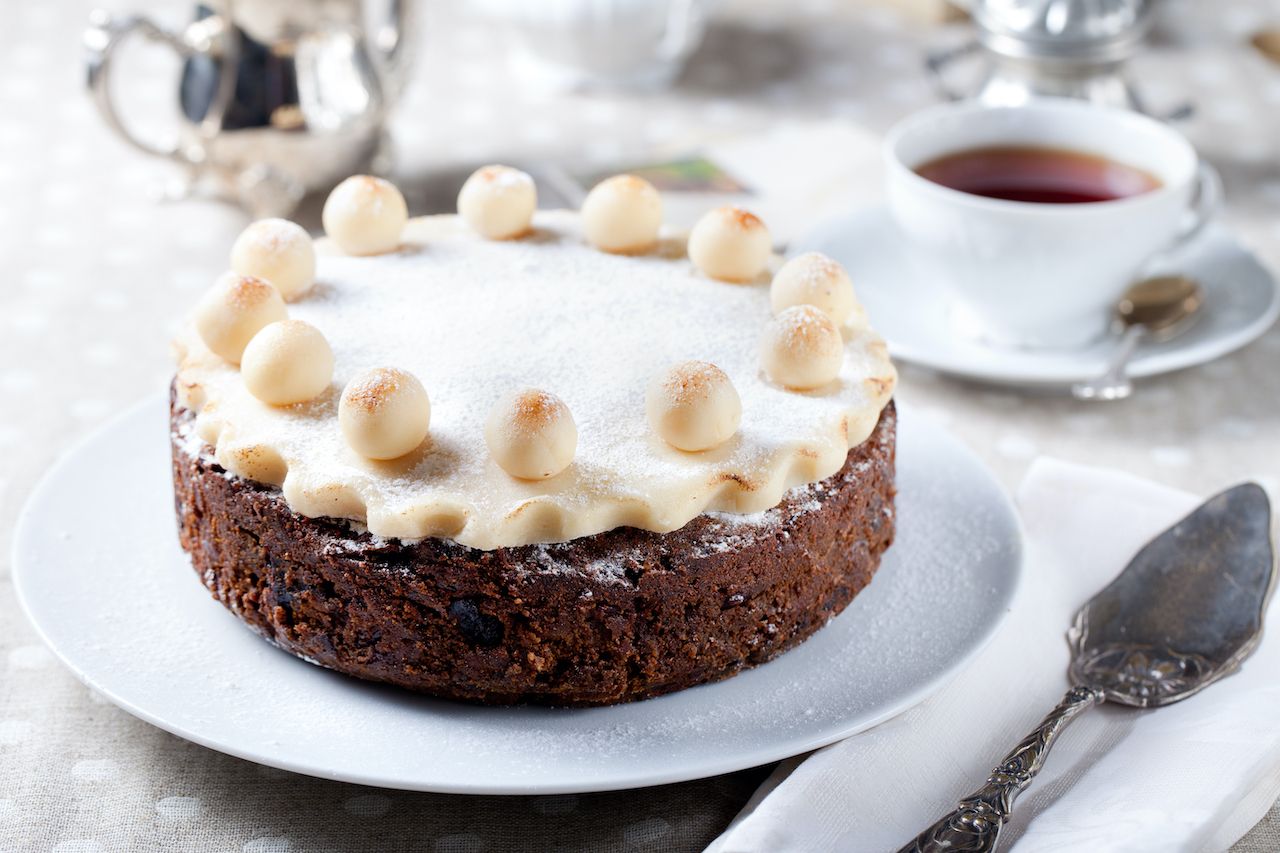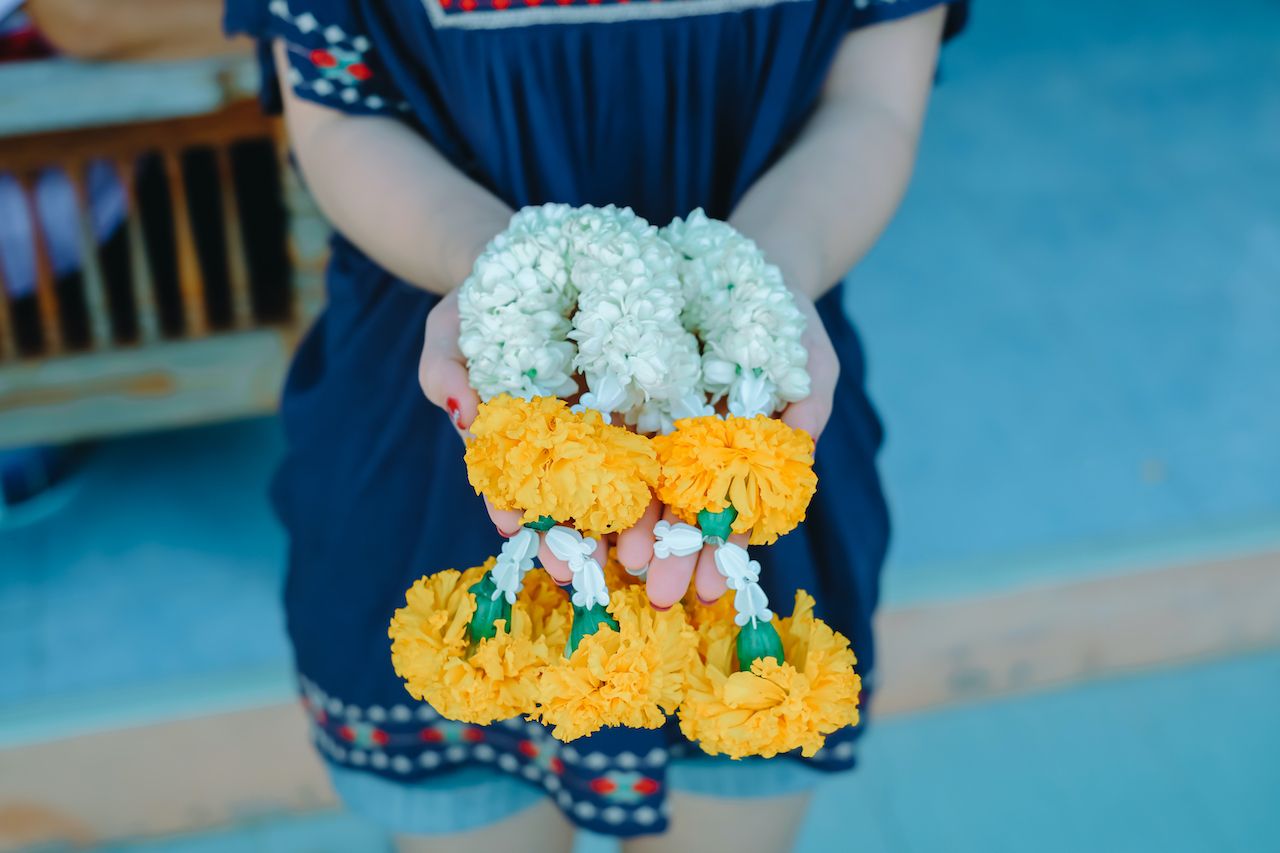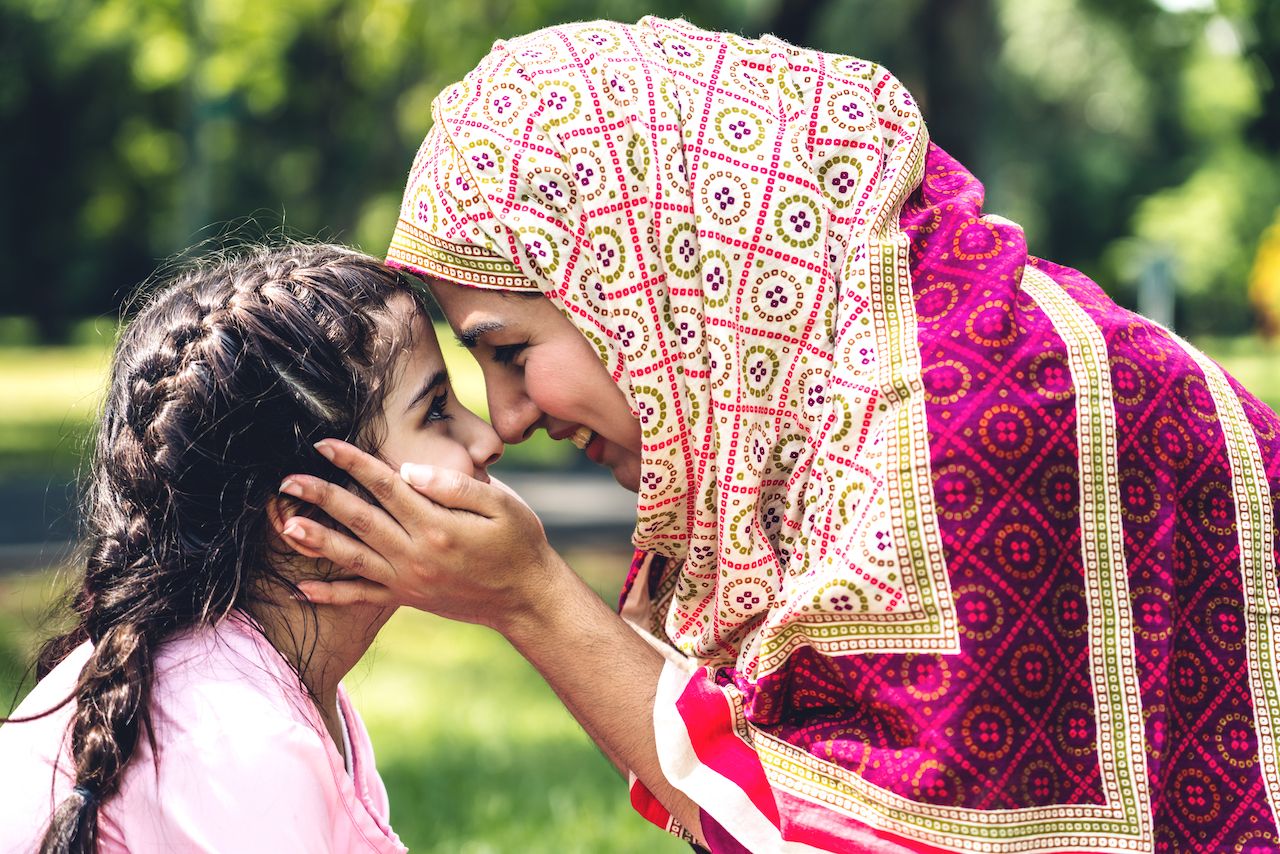Mother’s Day as we know it in the United States traces back to May 10, 1908, and a woman named Anna Jarvis. Jarvis, then living in Philadelphia, had 500 carnations delivered to her hometown church in West Virginia for a memorial service honoring her late mother, thus becoming the holiday’s founder. In 1914, President Woodrow Wilson made Mother’s Day official, and the rest is flowerful, Hallmark-filled, brunched-up history.
This American idea of Mother’s Day has since spread around the world, been adopted and adapted by various cultures. It wasn’t the first, however. Early celebrations of motherhood were observed as far back as ancient Greece and Rome. Today, a number of countries dedicate at least one day a year to showering moms with gifts, gratitude, and, most importantly, love. Here are seven international traditions to help inspire you this Mother’s Day.
